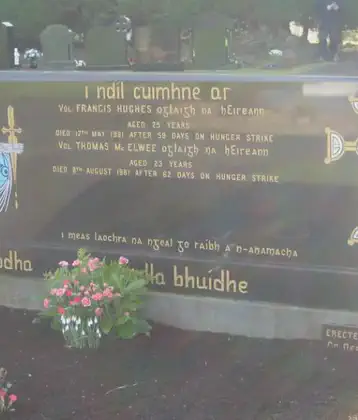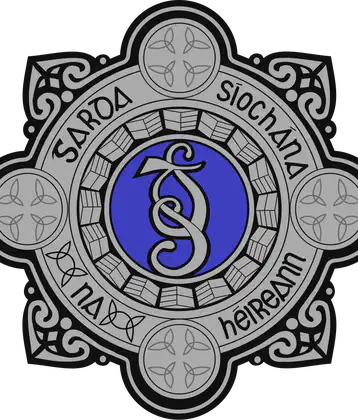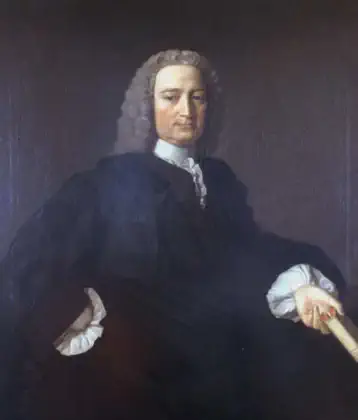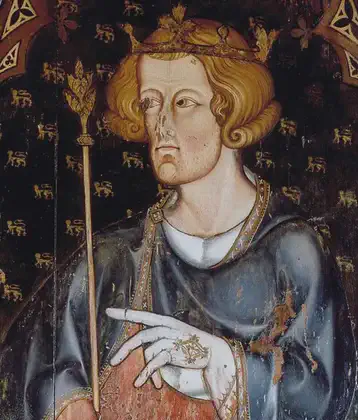On August 08, 1503 in Celtic History
King james iv married margaret tudor, daughter of king henry vii of england. the marriage was known as the union of the thistle and the rose.

The marriage of King James IV of Scotland to Margaret Tudor, daughter of King Henry VII of England, took place on August 8, 1503. This union is famously referred to as the “Union of the Thistle and the Rose,” symbolizing the national emblems of Scotland and England—the thistle for Scotland and the rose for England. The marriage was a significant event in the history of both nations, with long-lasting implications for the future of the British Isles.
Background
- Diplomatic Marriage: The marriage between James IV of Scotland and Margaret Tudor was primarily a diplomatic alliance. It was arranged as part of the Treaty of Perpetual Peace, signed in 1502 between Scotland and England. The treaty aimed to end the long-standing hostilities between the two nations and establish a lasting peace.
- Margaret Tudor: Margaret was the eldest daughter of King Henry VII and Elizabeth of York. Born on November 28, 1489, she was still a child when the marriage was arranged. The match was designed to strengthen the ties between the newly established Tudor dynasty in England and the Scottish crown.
The Marriage
- Wedding Ceremony: The marriage took place on August 8, 1503, in Holyrood Abbey, Edinburgh. The event was marked by grand celebrations, with Margaret traveling to Scotland with a large and lavish entourage. The wedding was seen as a significant moment in the relationship between Scotland and England, symbolizing a new era of peace and cooperation.
- Union of the Thistle and the Rose: The marriage was popularly known as the “Union of the Thistle and the Rose,” referring to the national symbols of Scotland (the thistle) and England (the rose). This poetic phrase highlighted the hope that the union would bring harmony between the two nations.
Impact and Legacy
- Strengthening of Ties: The marriage initially brought about a period of relative peace between Scotland and England, with James IV and Henry VII maintaining friendly relations. However, this peace was not to last, as tensions between the two nations resurfaced in the following decades.
- Birth of a Future Dynasty: The marriage of James IV and Margaret Tudor had far-reaching consequences for the future of the British Isles. Their son, James V, continued the Scottish royal line. More importantly, their grandson, James VI of Scotland, would eventually inherit the English throne as James I of England in 1603, following the death of Elizabeth I, the last Tudor monarch. This event, known as the Union of the Crowns, effectively united Scotland and England under a single monarch, setting the stage for the eventual political union of the two nations in 1707.
- Cultural and Political Symbolism: The Union of the Thistle and the Rose became a powerful symbol of the interconnectedness of the Scottish and English crowns. It underscored the potential for unity between the two nations, despite the centuries of conflict that had preceded it.
The marriage of King James IV and Margaret Tudor was a pivotal moment in the history of Scotland and England. While it did not immediately result in a lasting peace, the union played a crucial role in the eventual unification of the two crowns, and later, the two nations. The legacy of the “Union of the Thistle and the Rose” is remembered as a significant step toward the creation of the United Kingdom.
More From This Day

Thomas McElwee, Irish polictical prisoner, dies on hunger strike in Maze prison, Northern Ireland.
August 08, 1981


James Gandon moves from London to Dublin; the first stone of his Customs House is laid on this date
August 08, 1781


King Edward I removed to England the Stone of Destiny on which generations of Scottish kings had been crowned.
August 08, 1296